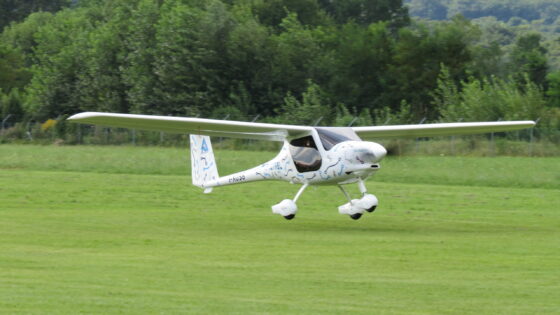Electric Skies: How Electric Airplanes are Revolutionizing the Future of Air Travel

About Course
Imagine a world where boarding an airplane no longer contributes to carbon emissions, where flight is quiet, clean, and sustainable. Electric aviation is no longer a distant dream—it’s a rapidly evolving reality that is set to redefine the future of air travel. This course takes you on a journey through the electrification of the skies, exploring how electric airplanes are transforming both the aerospace industry and our approach to environmental stewardship.
Students will delve into the fundamentals of electric propulsion systems, the critical components like batteries and electric motors, and the challenges and breakthroughs shaping this cutting-edge field. With real-world case studies, insights into new aircraft designs, and an analysis of infrastructure and regulatory requirements, learners will gain a comprehensive understanding of the innovations propelling electric aviation forward. Whether you’re an aspiring aerospace engineer or a sustainability advocate, this course offers a thrilling glimpse into the electric future of flight.
Course Content
Introduction
What is Electric Airplane Propulsion
00:00Brief history of electric aviation
00:00Importance of electric aviation
00:00